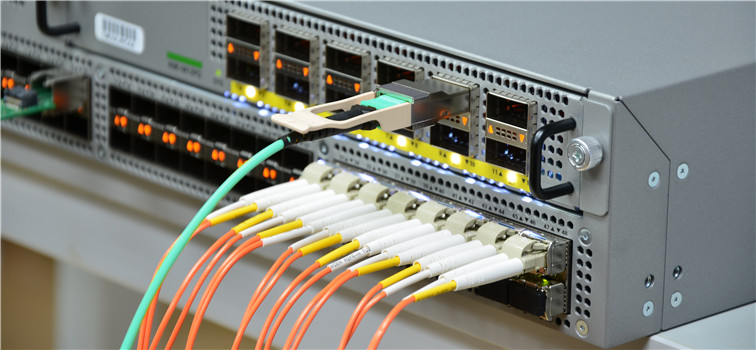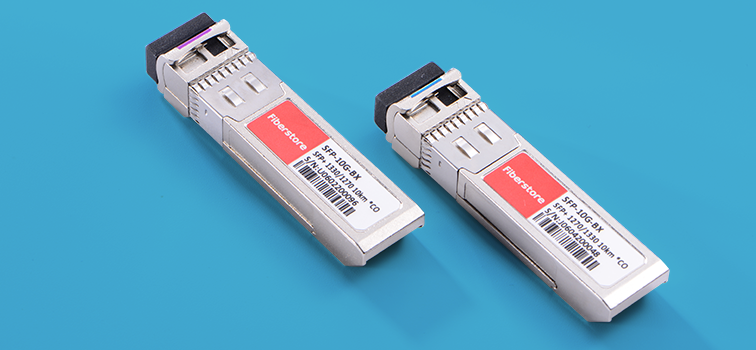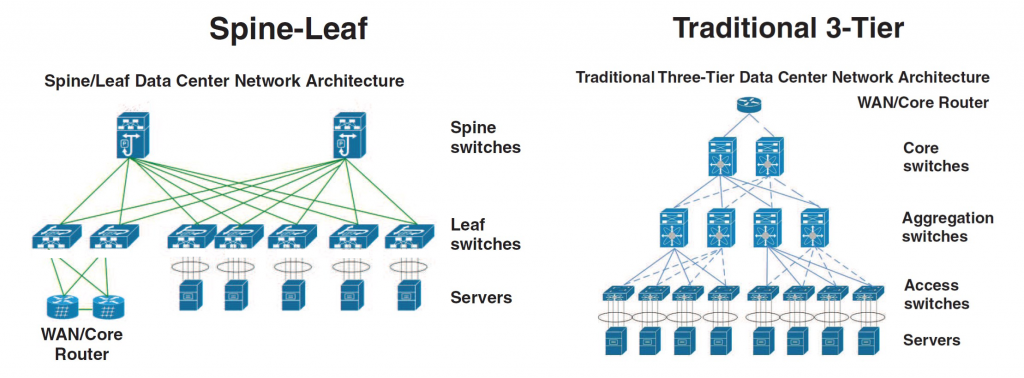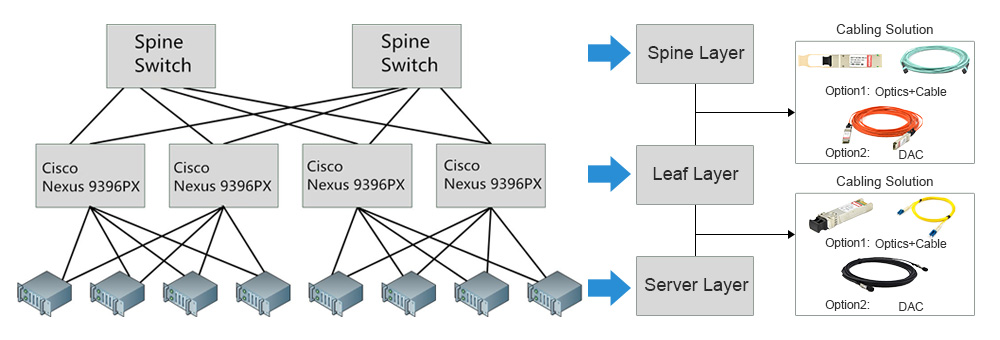Cisco switches and fiber optic transceivers are considered as the benchmarks of the market with a market share more than 50%. With the development of fiber optic network, Cisco has developed a variety of fiber optic transceivers for different applications and has built a system to name each transceiver. For instance, the most commonly used 10G Cisco modules like SFP-10G-SR and SFP-10G-LR have part numbers which can accurately descript their biggest features. SR means “short range” and LR means “long range”. However, customers find the part numbers of some Cisco modules are named with an “S”, like SFP-10G-SR-S and SFP-10G-LR-S. Cisco calls them S-class modules. People might get confused by these Cisco S-class modules. Cisco S-Class vs Non-S-Class module, or SFP 10G SR S vs SFP 10G SR, which one should you choose?
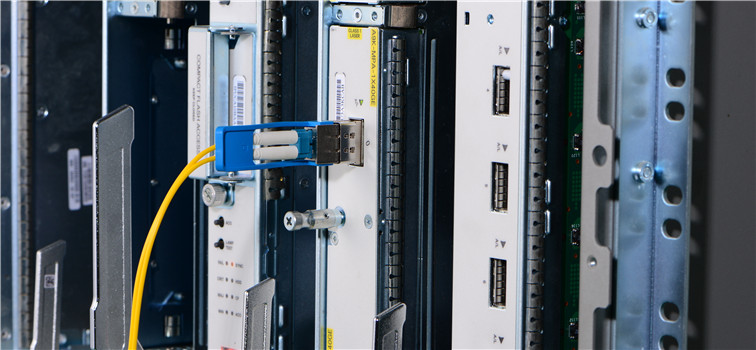
Cisco only published four 10G S-class SFP+ modules and two 40G S-class QSFP+ modules. The following table listed Cisco S-class modules. Cisco S-class modules seem to have no differences from the non-S-class modules. However, if you read the specification of these modules and the suggestions from Cisco, you will find the differences.
| Data Rate | S-Class Module | Non-S-Class Module | Media |
| 10G | SFP-10G-SR-S | SFP-10G-SR | MMF (duplex) |
| 10G | SFP-10G-LR-S | SFP-10G-LR | SMF (duplex) |
| 10G | SFP-10G-ER-S | SFP-10G-ER | SMF (duplex) |
| 10G | SFP-10G-ZR-S | SFP-10G-ZR | SMF (duplex) |
| 40G | QSFP-40G-SR4-S | QSFP-40G-SR4 | MMF (ribbon) |
| 40G | QSFP-40G-LR4-S | QSFP-40G-LR4 | SMF (duplex) |
Protocol
The standard non-S-class Cisco modules like SFP-10G-SR and SFP-10G-LR can support three protocols including Ethernet, OTN (Optical Transport Network) and WAN-PHY (Wide Area Network Physics). However, the S-class modules can only support Ethernet protocol.
Temperature Range
Compared with Cisco C-class modules which can be operating with three different temperature ranges, the Cisco S-class modules can only support the commercial temperature ranges which is 0 to 70°C (32 to 158°F).
- Commercial temperature range (COM): 0 to 70°C (32 to 158°F)
- Extended temperature range (EXT): -5 to 85°C (23 to 185°F)
- Industrial temperature range (IND): -40 to 85°C (-40 to 185°F)
Transmission Distance
Cisco has introduced that the S-class modules are suggested to be used in enterprise network. In addition, the operating temperature range is smaller, thus, S-class module is recommended for shorter transmission distance applications compared with other standard modules.
Price
As the performance of Cisco S-class modules are no better than other modules, why did Cisco published these modules? This is because Cisco S-class modules have lower prices, which is also their biggest sale point.
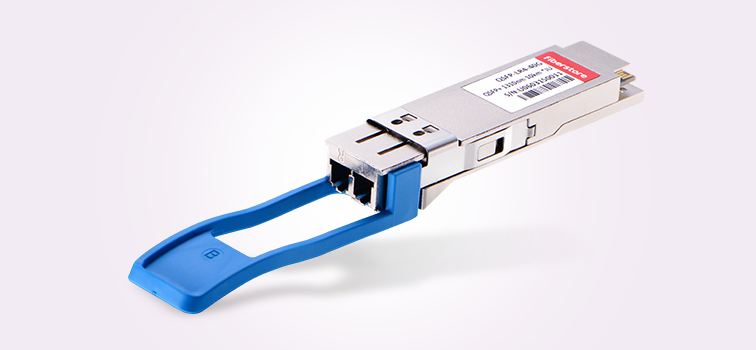
In conclusion, S-class can only support Ethernet protocol and has a commercial temperature range, which is suggested to be used in applications that no special long distance, temperature tolerances, or other special features are required. But many people might not select S-class modules, considering about the future use. As Cisco original branded transceivers are expensive, many people will use third party modules which are much cheaper but is compatible with Cisco devices. A Cisco compatible non-S-class module could be much cheaper than a Cisco original brand S-module. But it can provide almost the same performance as the Cisco original branded non-S-class module.
Related Article: Cisco SFP-10G-SR: All You Need to Know
A Comprehensively Understanding of Cisco 10GBASE SFP+ Modules

